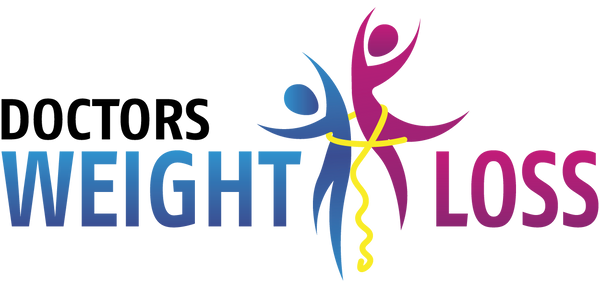If you want to eat healthier and feel better, you may have heard of the Paleo diet. The Paleo diet, also known as the Paleolithic diet or caveman diet, is a dietary approach that focuses on eating whole, unprocessed foods that were available to our ancestors during the Paleolithic era.
This article will provide a comprehensive guide to the Paleo diet, including what it is, how it works, and tips to kickstart.
What is the Paleo Diet?
The Paleo diet is a dietary approach that focuses on eating whole, unprocessed foods available to our ancestors during the Paleolithic era. The idea behind the diet is that our bodies find themselves suitable to the types of foods that our ancestors ate before the advent of agriculture and processed foods.
The Paleolithic era, also known as the Stone Age, occurred approximately 2.5 million to 10,000 years ago. During this time, humans were hunter-gatherers, hunting wild animals and gathering plants and other available foods.
The Paleo diet includes meat, fish, eggs, vegetables, fruits, nuts, and seeds. It excludes processed foods, grains, dairy products, and legumes.
How Does the Paleo Diet Work?
The Paleo diet works by providing the body with the types of foods best suitable to digest and use for energy. By eating whole, unprocessed foods high in protein, fiber, and healthy fats, the Paleo diet can help promote weight loss, improve digestion, and reduce inflammation.
One of the key principles of this caveman diet is to focus on eating low-carb, high-protein meals. This is because low carb high protein breakfast is essential for building and repairing tissues in the body, and it can also help to keep you feeling full and satisfied between meals.
Tips for Getting Started with the Paleo Diet
If you are interested in trying this caveman diet, here are some tips to help you get started:
Start with a Low-Carb, High-Protein Breakfast
One of the easiest ways to start with the Paleo diet is to focus on eating a low carb high protein breakfast. This could include foods such as eggs, bacon, avocado, and vegetables.
Stock Up on Whole, Unprocessed Foods
To make it easier to stick to the Paleo diet, stock up on whole, unprocessed foods such as meat, fish, eggs, vegetables, fruits, nuts, and seeds. This will help you avoid processed foods not allowed on a diet.
Experiment with New Recipes
Trying new recipes can help to keep you motivated and interested in this caveman diet. There are many websites and cookbooks available that provide Paleo-friendly recipes and meal plans.
Consult with a Nutritionist for Weight Loss
You must consult with a nutritionist for weight loss. can help you to determine the right balance of macronutrients for your body and weight loss goals. They can also provide personalized recommendations for meals and snacks high in protein and low in carbs.
Don't Be Too Hard on Yourself
Remember that adjusting to a new way of eating can take time. Don't be too hard on yourself if you slip up or have a cheat meal. Just get back on track the next day and keep moving forward.
Conclusion
In conclusion, the Paleo diet is a dietary approach that can help you to eat healthier and feel better. Focusing on whole, unprocessed foods and low-carb, high-protein meals can promote weight loss, improve digestion, and reduce inflammation. If you want to try the Paleo diet, consult a nutritionist or dietitian, stock up on whole foods, and experiment with new recipes. Remember to be patient with yourself, and don't be too hard if you slip up. With time and dedication, you can successfully adopt the caveman diet and improve your health and well-being.
Frequently Asked Questions
Is the Paleo diet suitable for everyone?
The Paleo diet can be a healthy dietary approach for most people. However, if you have specific health conditions, such as kidney disease or diabetes, it's important to consult a healthcare professional before starting any new diet.
Can I eat dairy on the Paleo diet?
Dairy products are not typically included in the Paleo snacks, as our ancestors did not consume them. However, some people choose to include certain types of dairy, such as grass-fed butter or ghee, in their diet.
Is the Paleo diet expensive?
The cost of following the Paleo diet can vary depending on where you live and the types of foods you choose to eat. However, by focusing on whole, unprocessed foods and buying in-season produce, you can reduce your grocery bill and save money.
Will I lose weight on the Paleo diet?
Many people lose weight when following the Paleo lifestyle, emphasizing whole, nutrient-dense foods and limiting processed foods and added sugars. However, individual results may vary depending on factors such as age, gender, and activity level.
What are some good low-carb, high-protein breakfast options for the Paleo diet?
Some good low-carb, high-protein breakfast options for the Paleo diet include eggs with vegetables, smoked salmon with avocado, and chia seed pudding with berries.


